Drop Forging: A Comprehensive Guide
Drop forging is a fundamental manufacturing process widely used in various industries to create robust and high-performance metal components. This blog aims to provide a detailed overview of drop forging, covering its definition, materials, processes, applications, types, advantages, disadvantages, quality control measures, and a comparison with other forging methods and casting.
1. What is Drop Forging?
Drop forging is a metal forming process where a hammer is dropped onto a heated workpiece placed in a die, forcing the metal to conform to the shape of the die. This method enhances the mechanical properties of the metal, such as strength and toughness, due to the refined grain structure achieved through the deformation process.
1.1. Materials Used in Drop Forging
A variety of metals can be utilized in drop forging, including:
Carbon Steel: Commonly used for its strength and affordability.
Alloy Steel: Offers enhanced mechanical properties for specialized applications.
Stainless Steel: Provides corrosion resistance and high strength, ideal for harsh environments.
Aluminum: Lightweight and corrosion-resistant, suitable for aerospace and automotive components.
Copper Alloys: Used for electrical components due to excellent conductivity.
1.2. Processes Involved in Drop Forging
Material Preparation: The raw material, typically a billet or bar, is cut to the required size and shape.
Heating: The material is heated to a temperature where it becomes malleable. The exact temperature depends on the metal type.
Die Setup: The heated material is placed into a die, which is specifically designed to shape the workpiece.
Forging: A hammer or press exerts force onto the material, causing it to flow and fill the die cavity, taking on its shape.
Trimming: Excess material, or flash, is trimmed off to achieve the final desired shape.
Cooling: The forged part is cooled at a controlled rate to relieve internal stresses and improve mechanical properties.
Finishing: Additional machining or surface treatment may be performed to meet exact specifications and enhance surface quality.
2. What is Drop Forging Used For?
Drop forging is employed in a variety of applications, including:
Automotive: Engine components, gears, and suspension parts.
Aerospace: Structural components, turbine blades, and landing gear parts.
Oil and Gas: Valves, fittings, and flanges.
Industrial Machinery: Tools, agricultural machinery parts, and mining equipment.
Construction: Structural components, brackets, and fasteners.
3. Types and Characterization of Drop Forging
Open-Die Forging: Involves shaping metal between multiple dies that do not enclose the workpiece completely. It is suitable for large parts and allows for a wide range of shapes and sizes.
Closed-Die Forging (Impression Die Forging): Uses dies that completely enclose the workpiece, allowing for precise shapes and complex geometries. It is ideal for high-volume production of smaller parts.
3.1. Advantages of Drop Forging
Superior Mechanical Properties: Improved strength, toughness, and fatigue resistance due to refined grain structure.
Material Efficiency: Less material waste compared to machining from solid stock.
Repeatability: High consistency and repeatability, essential for mass production.
Versatility: Capable of producing a wide range of sizes and shapes.
3.2. Disadvantages of Drop Forging
Initial Cost: High upfront cost for die and equipment setup.
Complexity: Requires skilled operators and precise control of process parameters.
Flash: Generation of excess material (flash) that needs to be trimmed.
3.3. Quality Control in Drop Forging
Ensuring the quality of forged components involves several key measures:
Material Inspection: Verifying the chemical composition and mechanical properties of the raw material.
Process Monitoring: Continuous monitoring of temperature, force, and deformation parameters.
Dimensional Checks: Measuring dimensions during and after forging to ensure adherence to specifications.
Non-Destructive Testing (NDT): Techniques such as ultrasonic testing, radiography, and magnetic particle inspection to detect internal defects.
Surface Inspection: Visual and automated inspections to detect surface imperfections.
3.4. Types of Metal Drop Forging
Hot Forging: Involves heating the metal above its recrystallization temperature, allowing for greater deformation and reducing work hardening.
Cold Forging: Performed at or near room temperature, resulting in higher strength due to work hardening but requiring more force.
3.5. Standard Drop Forged Components
Connecting Rods
Crankshafts
Gear Blanks
Spanners and Wrenches
Valve Bodies
……..
4. Open-Die Forging vs. Closed-Die Forging
Open-Die Forging: Offers flexibility for large and simple shapes, often used for custom and low-volume production.
Closed-Die Forging: Provides high precision and complexity, suitable for high-volume and repetitive production.
5. Forged vs. Cast – What’s the Difference?
Forged Components: Generally stronger and tougher due to the refined grain structure and the absence of porosity.
Cast Components: Can achieve complex shapes without extensive machining, but may have internal defects and lower mechanical properties compared to forged parts.
Conclusion
Drop forging is a vital process in the manufacturing industry, known for producing high-strength, reliable components used in a multitude of applications. Understanding the nuances of drop forging, from materials and processes to advantages and quality control, enables engineers and manufacturers to select the best approach for their specific needs. Whether choosing between open-die and closed-die forging, or deciding between forging and casting, the key lies in understanding the requirements of the final product and the capabilities of each manufacturing process.

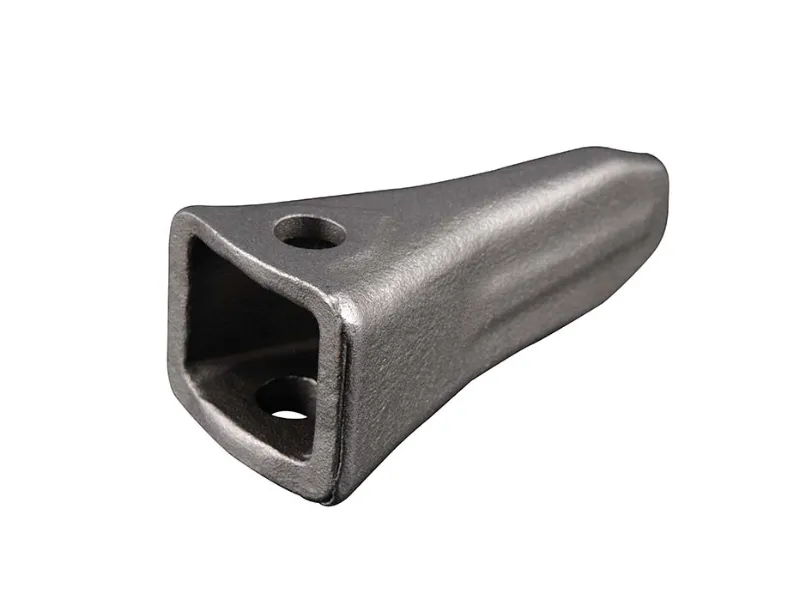
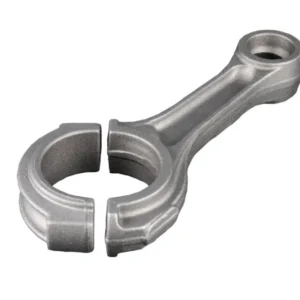
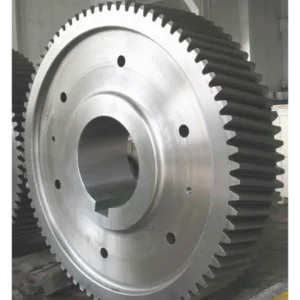
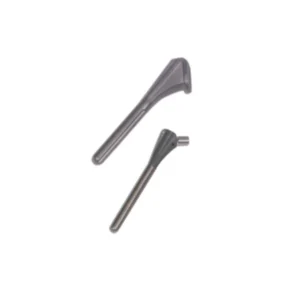
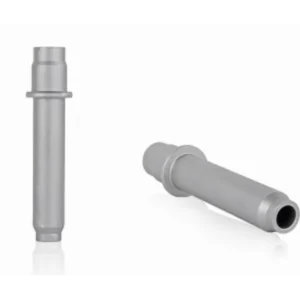
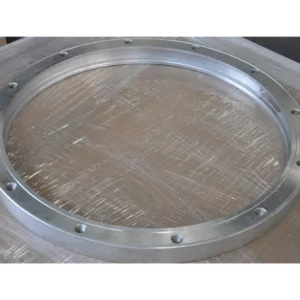
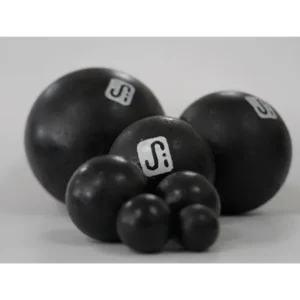
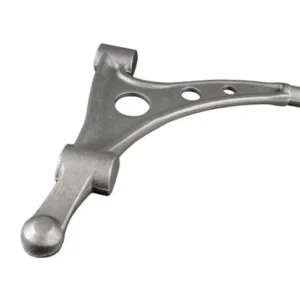
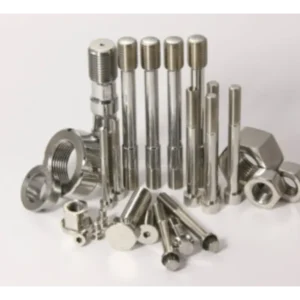
Reviews
There are no reviews yet.